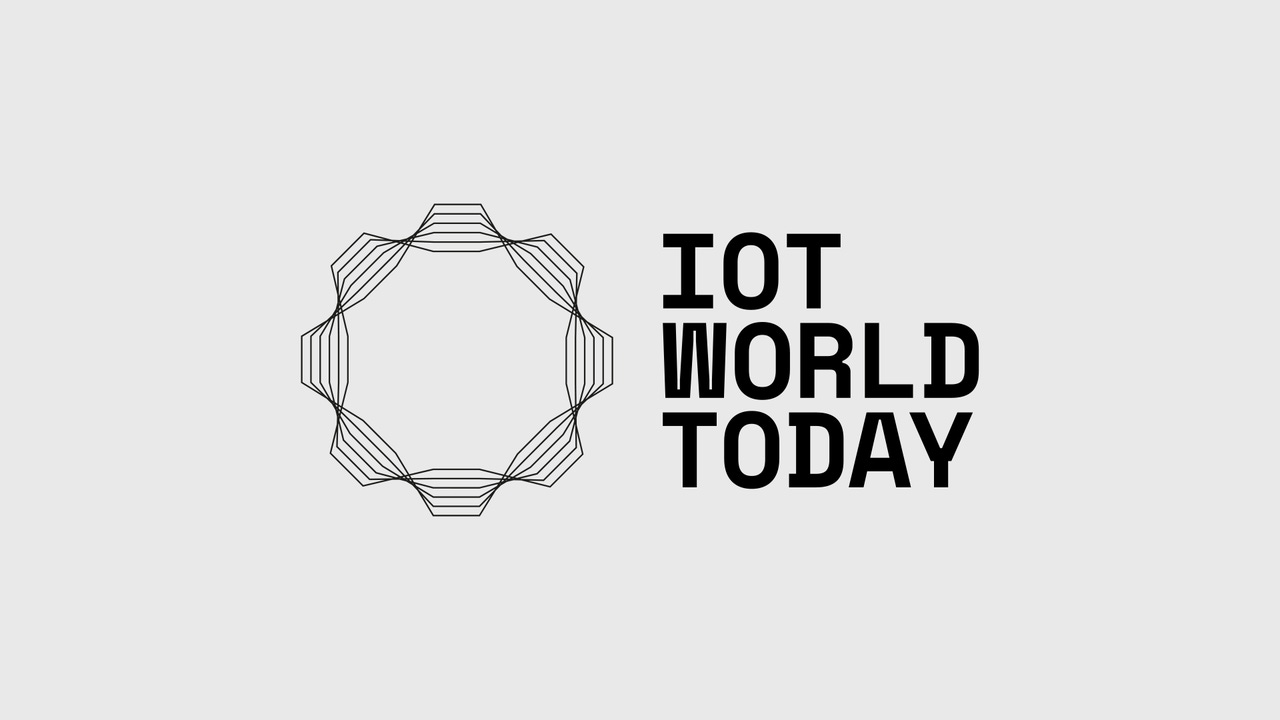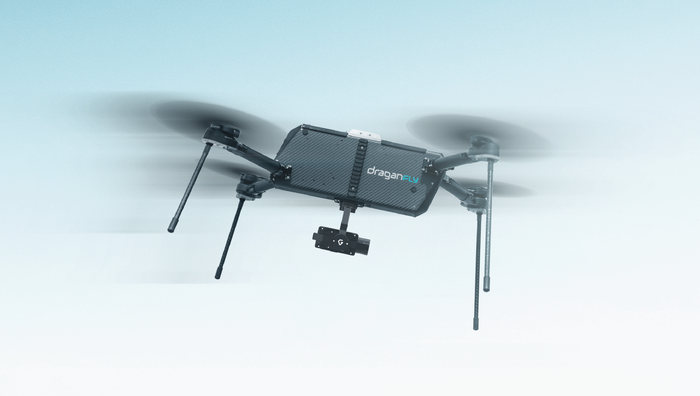Why the Cure to Parkinson's Might Be in the CloudWhy the Cure to Parkinson's Might Be in the Cloud
An ongoing collaboration between the Michael J. Fox Foundation, Cloudera, and Intel is making it possible to track Parkinson’s patients on a daily basis, gathering a gigabyte’s worth of objective data per patient per day.
June 7, 2016

The recent death of Muhammad Ali after a decades-long battle with Parkinson’s serves as a reminder of the crippling power of the neurodegenerative disease, which is second only to Alzheimer’s in its prevalence. An estimated 7 to 10 million people have the disease worldwide, according to the Parkinson’s Disease Foundation, for which there is presently no cure.
Ali had partnered with the Michael J. Fox Foundation (MJFF) to help find a cure for the condition. Ali “was really committed to finding an answer to this disease, as he was to finding answers to strife in the world and wars and conflict and all kinds of things,” remembered Michael J. Fox in an interview with ABC News. After publicly announcing that he had the disease, Fox received a phone call the legendary boxer. “He didn’t say much. He just said: ‘With you in this fight, we can win,’” Fox recalls. “I cried.”
A Quest for a Cure Based on Wearables, the Cloud, and Big Data
Curing Parkinson’s is one of the principal aims of the MJFF. One of the chief challenges is that the disease itself is not well understood. The precise cause of the disease remains uncertain although researchers have identified a number of risk factors for the disease, including genetics and environmental triggers.
In 2014, the MJFF, Intel, and Cloudera announced the Fox Insight study that uses Big Data to analyze the progression of the illness in an online clinical study. Participants are given a Pebble smartwatch to help monitor tremor symptoms and sleep patterns on a daily basis. The patients’ smartphones captures the data and beams it to the cloud.
The ultimate hope is that Big Data analytics technology will be able to cull meaningful conclusions by tracking large volumes of patient data. Researchers, for instance, could monitor how well certain drugs—or drug cocktails—fare in controlling Parkinson’s symptoms like tremor.
The project marks a paradigm shift in how the progression of the disease was monitored in traditional doctor’s visits. “Nearly 200 years after Parkinson’s disease was first described by Dr. James Parkinson in 1817, we are still subjectively measuring Parkinson’s disease largely the same way doctors did then,” explained Todd Sherer, Ph.D., CEO of The Michael J. Fox Foundation when unveiling the study in 2014.
Traditionally, doctors monitoring the progression of the disease have primarily been based on subjective data: During office visits every three months or so, patients would report their symptoms and doctors would ask them to perform several activities, which would then be subjectively ranked by the physicians. For instance, a doctor would instruct Parkinson’s patients to, say, touch their nose and then rate how well they could perform that action on a numeric scale. Typically, the disease is monitored based on criteria set by the Unified Parkinson’s disease rating scale, which also considers factors such as speech, mood and behavior, and self-evaluation from the patient.
“One of the biggest challenges is that the data came from small samples, the data is very infrequent, and the data was very subjective,” says Vijay Raja, Senior Solutions Manager at Cloudera. Doctors would typically see a patient a handful of times per year, and track the progression of the disease using relatively few data points. Meanwhile, the symptoms of the disease are constantly changing, meaning that much of the nuances of how the disease evolves have been lost. “Fast forward to today, and Intel, Cloudera, and the Michael J. Fox Foundation can track up to 300 data points per second,” he says. “You are talking about a GB of data per patient per day. If you multiply that by 10,000 people, you have an enormous sample size of patients. You are going to have data equivalent to the Library of Congress.” The Michael J. Fox Foundation calls it the “world’s largest collection of data about life with Parkinson’s.”
How It Works
In the study, participants are given an “off-the-shelf” wrist-worn smartwatch with an accelerometer. Software co-developed between the Michael J. Fox Foundation and Intel can distinguish between tremors and can determine whether a patient’s movements. The watch and app track activity levels, sleep, tremor, and medication management. The app, known as the Fox Insight Mobile, also offers study participants a dashboard of their activity levels and can remind them to take medicine. It also coordinates the transmission of data to the cloud.
Patients can also enter information related to their daily experience into a Web portal. All of the information from those three channels is sent to the cloud, enabling researchers to study data from all three sources. The system allows hundreds of concurrent users to analyze the data and perform near real-time analytics.
Intel developed a big data analytics platform for the project. The platform integrates a number of software components including Cloudera CDH —a secure data platform that collects, stores, and manages data of any type and volume.
Intel also created algorithms to help track activity levels and also to detect tremors using a frequency analysis in the 4–12 Hz range. It was challenging to create a system that could distinguish between tremors and motion caused by activities such as driving over a pothole or brushing one’s teeth. The system can limit these errors, however, by calibrating the wearable devices for each patient.
Cloudera, which is partly owned by Intel, was tapped to be involved in the project as a result of its experience dealing with large data sets in the cloud. Traditional business intelligence tools would not be able to efficiently store and analyze this enormous volume of real-time and historical data, and information would be scattered in silos based on their format. To handle the terabytes’ worth of data from this experiment, Cloudera uses Apache HBase running on a Hadoop Distributed File System. For analysis, the company uses Yarn and Apache Spark to help break up intensive workloads into multiple tasks that can be executed in parallel.
The data platform is deployed on a cloud infrastructure optimized for Intel architecture. The cloud platform can integrate data from patients’ monitoring devices, storing and analyzing data on factors such as activity levels, tremors, sleep, and gait detection.
Cloudera uses its Navigator Key Trustee to manage encryption keys and to prevent third parties from gaining access to the keys or the encrypted data. Furthermore, the data is anonymized at the smartphone level and is encrypted to comply with regulatory requirements such as HIPAA.
The functionality of the system could be expanded in the future to include even more variables such as sleep analysis, heart rate, skin temperature, respiration, calorie burning, blood flow, and so forth.
As of April of this year, 4115 people took part in the survey and completed 27,168 surveys associated with the virtual trial. A blog post from MJFF reported the most frequent motor and non-motor symptoms reported by trial participants thus far.
MJFF plans to expand the trial over time. Although participants are currently limited to Parkinson’s patients with Android phones, MJFF plans on introducing an iPhone app later this year. MJFF is also open to potentially linking data from traditional clinical studies on Parkinson’s and to accept data from a variety of consumer wearable devices.
About the Author
You May Also Like






